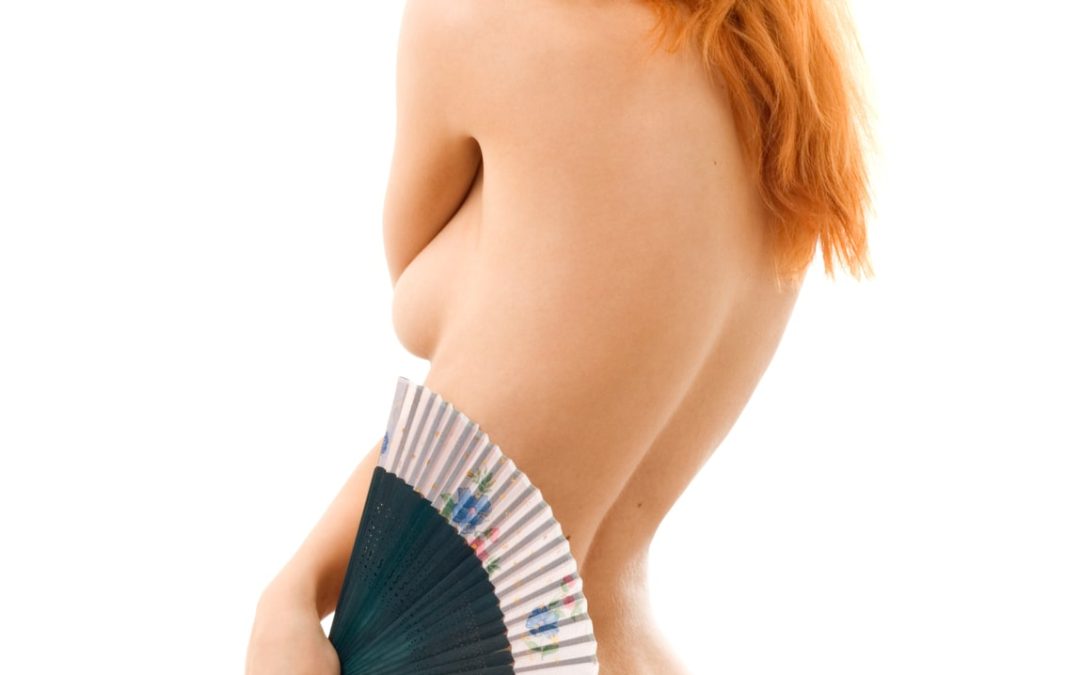While there are tons of super queer cities like Los Angeles, San Francisco and New York that attract lesbians from all over, there are also many smaller, often underrated, LGBTQ+ safe havens.
One such place is Sacramento, California. Its LGBTQ+ district, Lavender Heights, is filled with gay-owned restaurants, bars and other businesses.
Chapsticks
Chapstick lesbians are a category of low-maintenance and fun-loving women who don’t need a lot of makeup to feel pretty. Instead, they wear soft lips and practical clothing.
The term “chapstick” comes from the name of a lip balm, but many varieties of chapstick also include sunscreen to prevent sunburned lips. It’s important to be careful with lip balm and chapsticks because some contain ingredients like phenyl, menthol, eucaplytus, and camphor that can actually make your lips more irritated.
Alphas
Alphas are big, brash men who swagger and dominate. These types of guys are considered sexy and strong, and they can easily turn heads in a social setting.
These men have a sense of purpose beyond being with a partner. They have a goal in life and are always trying to achieve that goal.
These are big, charismatic males who can be a little dangerous when they want to be. But they are also extremely loyal to their team members.
High-Femmes
A high femme is a lesbian who is incredibly feminine and goes to great lengths to pamper herself. They love makeup and a 28-step skincare routine, plus they don’t miss a mani/pedi.
They may choose to only date butches or they may be more passive in bed. They may also have a tattoo that identifies them as lesbian, like a quote from a female author or the Venus symbol.
Low-Femmes
The opposite of masculine-leaning lesbians, low-femmes wear less makeup and have lower-maintenance hair and nails. They prefer comfort and practicality over style, often wearing a button-down shirt with a pair of skinny jeans.
They’re also referred to as “futch” or “stem” lesbians, because they straddle the line between masculine and feminine styles. They tend to be more comfortable in a gender-neutral or genderless style of dress, or they might mix styles from both ends together.
Butch-Femmes
Butch-Femmes, also known as femme butches, are a subset of lesbians who identify with a gender-atypical presentation. They often present in male clothing and wear masculine makeup, although they can also self-identify as feminine or genderqueer.
Butch-femme identities were popular in working-class lesbian bar culture from the 1940s through the 1990s, and have seen a renaissance with the rise of the Internet. Butch-femmes have a rich history of activism and solidarity within the LGBT2Q+ community.
Bi-Femmes
Bi-femmes have a tough time getting picked up in lesbian clubs and are often left feeling invisible. They also have to deal with the fact that potential mates assume they’re straight, which leads to an unspoken anti-bi prejudice.
This double stigma can take a toll on their health and well-being. It’s why bisexual women tend to have a higher rate of mood and anxiety disorders, substance use, and other mental health issues compared to gay and lesbian women.
Pansexuals
Pansexuals are a growing segment of the LGBTQ community. Celebrities like Janelle Monae, Bella Thorne, and Jazz Jennings have come out as pansexuals to help break down the stigma surrounding this orientation.
The term pansexual is a subset of bisexuality, which means that someone is romantically and sexually attracted to more than one gender. While bisexuals often feel a sense of pressure to choose a sex partner, pansexuals have no such constraints and may prefer to date anyone, regardless of their gender identity.
Queer-Femmes
There is a large spectrum of femme identity in the queer community. From high-femmes with full makeup, heels, and dresses to low-femmes who aren’t into fussing with hairspray and lip gloss, there is a lot of variety in the way women present themselves.
Looking like a gender-conforming straight woman comes with a number of privileges. You don’t face discrimination based on your sexuality or gender expression at work, for example, and you are less likely to be harassed because you aren’t visible as queer.

